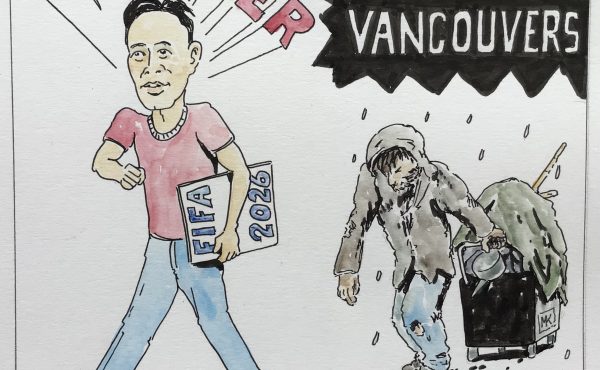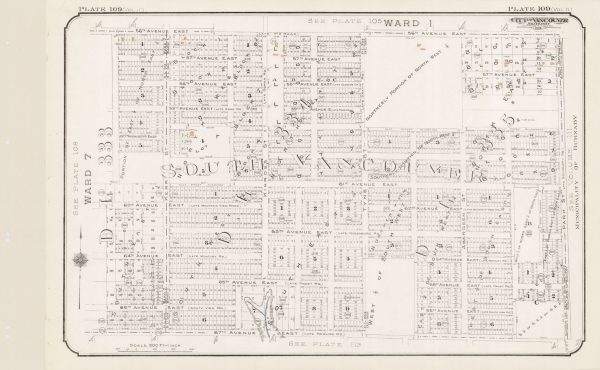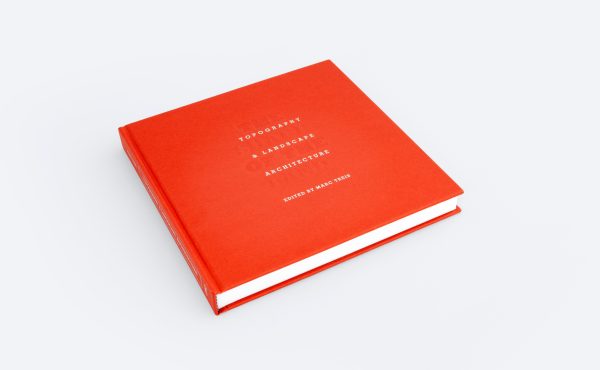 TransLink’s public consultation process on the UBC Line took a step forward this past week with a series of workshops and the start of an online questionnaire. There are, all told, seven alternatives and three more sub-alternatives still in the running as of Phase 2, so it’s not hard to feel a little lost.
TransLink’s public consultation process on the UBC Line took a step forward this past week with a series of workshops and the start of an online questionnaire. There are, all told, seven alternatives and three more sub-alternatives still in the running as of Phase 2, so it’s not hard to feel a little lost.
By Brian Gould, re:place Magazine
While there is a lot of buzz about the opening of Translink’s public consultation process, many questions about the UBC Line remain unanswered. Chief among them, is a seemingly simple one: what exactly constitutes a “line?”
If your cognitive biases and travel habits are similar to mine, you may be thinking Expo Line, Millennium Line, Canada Line, and now UBC Line. If, on the other hand, you’re a suffering sardine with a healthy dose of cynicism, you might just be expecting a re-branding of the 99 B-Line and a few tweaks to the bus network.
At this point, both these options are on the rather crowded table, along with bus rapid transit and LRT in combination with, or instead of, a subway. If you’ll permit me to re-frame the debate, however, it seems to be mainly a choice between a SkyTrain extension in a subway, a new surface LRT line, or some combination.
Certainly there are some decisions within each category. LRT could branch off of Broadway to serve the Olympic Line/2nd Avenue corridor on the way to Main Street-Science World. The subway could ignore the VCC-Clark connection and run as an independent line – to favour a P3 a la the Canada Line, perhaps – down Broadway with a terminus at Commercial-Broadway. It could also end at Arbutus with BRT or LRT overlaid to get out to UBC.
With such breadth comes understandably limited depth beyond general cost, travel time, and ridership estimates. Unsurprisingly, the pure subway from VCC-Clark leads in ridership, trip time, and operational cost savings, but costs the most to get in the ground. The rest fit a rough “you get what you pay for” pattern.
The evaluation matrix is an unwieldy seven by twenty-eight square monster on a five point scale. The only clear message seems to be that buses aren’t going to cut it; part of the technical explanation was that the shorter BRT vehicles would make more priority signal calls than LRT. Without TransLink having picked a winner, we’re stuck waiting for some political leadership to step up and eliminate options.
Generalized cross-sections – without dimensions – are available for the street-running options, showing how TransLink will try to find upwards of six meters of width. At stations, even where platforms are staggered, that’s at least half of the existing roadway. It’s not hard to see that parking would be one of the first things to feel the squeeze, but sidewalks could get a trim, as well. The questions remain as to exactly how much and where.
Once these questions start to be asked, don’t be surprised if the subway versus surface debate comes to the fore. Certainly there are the practical and often visceral questions of how much space to leave for general traffic and automobile parking – I wrote an entire thesis on just one similar project – but there are more aesthetic and subjective questions as well.
For example, TransLink ranked the subway lower than surface options on the basis of “urban design potential.” While surface options along Broadway will necessitate reworking the streetscape, it’s not clear that the result will be entirely positive. All else being equal, trains are nice to look at, but that space has an opportunity cost, especially at key intersections with stations. Platforms in the middle of the street are functionally – and arguably aesthetically – a bit messy, and push cars up to the sidewalks.
A subway, especially with a bored tunnel as planned, wouldn’t automatically challenge Broadway’s status as a traffic sewer – but boosting transit speed and capacity would justify taking a closer look at how space is allocated. Perhaps the extra road space would be better used for wider sidewalks, bicycle lanes, and/or eliminating those peak-hour parking bans. Each would reduce the amount and speed of car traffic while getting it further away from pedestrians.
Along with more detail in terms of streetscape integration, some of what I consider to be key functional points aren’t yet covered. There’s no indication whether the Broadway-to-West-10th switch at Alma will be smoothed out. We don’t know how the key connections at Commercial-Broadway and Main Street-Science World would work for LRT, or what subway transfers to the Canada Line would look like. Awkward transfers are the norm in the existing system, so these details will need a closer look.
Ultimately, TransLink has been working in overdrive to keep all these options open. This stage is still about soliciting feedback across all the choices, but sooner or later the tough decisions need to be made by the powers that be. We know the cost premium to whisk people underground versus the amount of space needed to keep the trains up top. The decision won’t be easy, but it needs to be made.
***
Brian Gould is a transportation planner, urbanist, advocate, and recent graduate of the Master of City Planning program at UC Berkeley.



